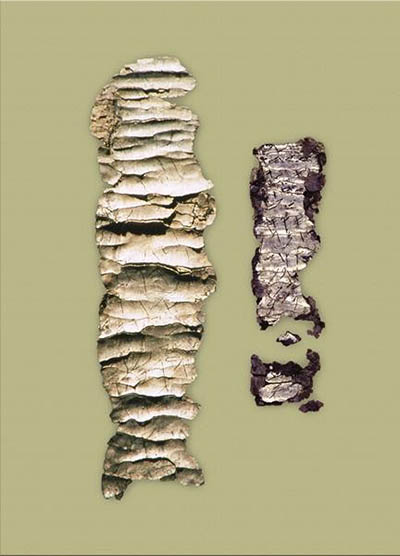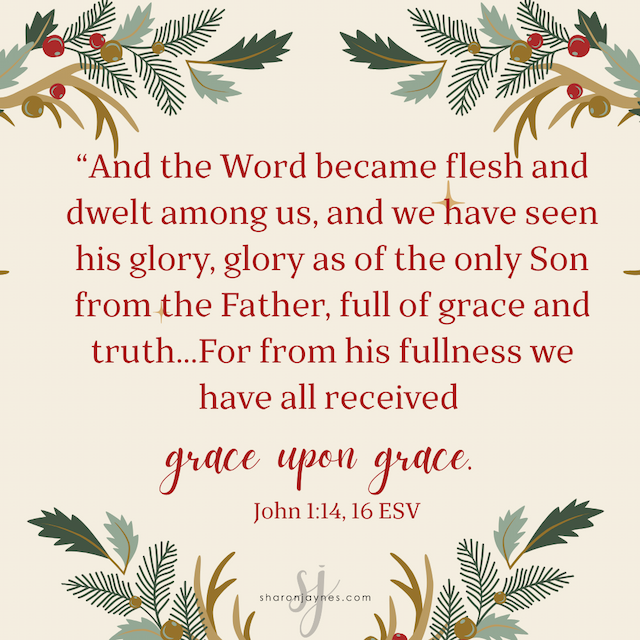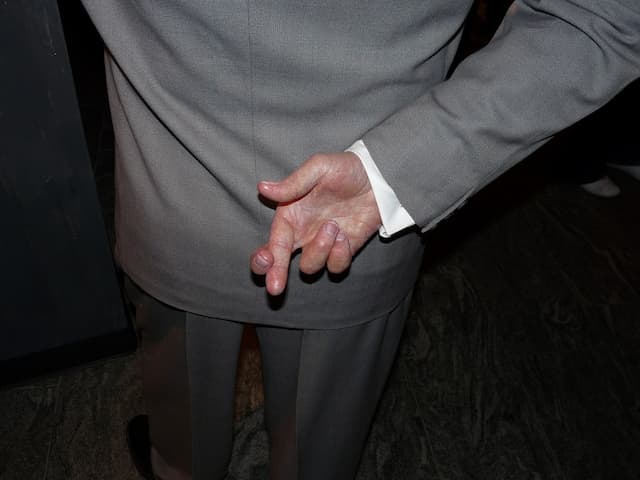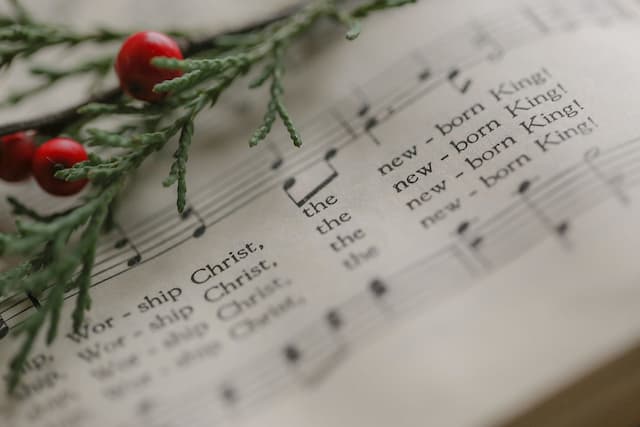The Oldest Bible Fragment in Existence
2600+ years old.

The Lord bless you and keep you;
the Lord make his face shine on you and be gracious to you;
the Lord turn his face toward you and give you peace.
This priestly blessing (from Numbers 6:24–26) is the oldest fragment of Bible text ever discovered.
It was inscribed on a silver plaque or amulet, rolled up like a scroll, and buried more than 2,600 years ago. That’s almost 700 years before the Dead Sea Scrolls were hidden!
Israeli archaeologist Gabriel Barkay found the two silver objects in 1979 while excavating a tomb in Ketef Hinnom, less than a kilometre southwest of the Temple Mount in Jerusalem.
The miniscule size and damaged edges make the text difficult to reconstruct precisely, but there’s no doubt it includes the priestly blessing. The tomb, the pottery, and the Paleo-Hebrew script all confirm that the artifact dates back to the Kingdom of Judah when Solomon’s temple still stood. That makes it the oldest Biblical text ever found.
Joel P. Kramer features it in his recent book, Where God Came Down: The Archaeological Evidence (Expedition Bible, 2020). For more details of the discovery, he interviews Dr Karkay in this video (Youtube).
Thanks to Ben Witherington III for linking to this story.
What others are saying
Amihai Mazar, Archaeology of the Land of the Bible 10,000-586 B.C.E. (New Haven: Yale University Press, 1990), 516–517:
Inscriptions engraved in miniature letters on two silver talismans found by G. Barkai in a repository of a burial cave at Ketef Hinnom (Jerusalem) are of the utmost importance for the study of the antiquity of the biblical text (see p. 524). They include the earliest verses of biblical texts known so far. In fact, the earliest biblical texts known until this discovery are those of the Dead Sea Scrolls, of the second and first centuries b.c.e. One of the texts in the silver talismans is almost identical to Numbers 6:24–25, which comprises a blessing that became known in later times as one of the most sacred Jewish blessings known as the Priestly Benediction. The other text is a shorter version of the same blessing. This biblical text was attributed by modern scholars of biblical criticism to the Priestly Code, which is considered to be the latest of the four hypothetical sources of the pentateuch. The discovery shows that at least this particular blessing was well known and widely used by Jews in Jerusalem already before the destruction of the first temple.
Gabriel Barkay et al., “The Challenges of Ketef Hinnom: Using Advanced Technologies to Reclaim the Earliest Biblical Texts and Their Context,” Near Eastern Archaeology 66, no. 4 (2003), 162–163:
Since their discovery in 1979, the two inscriptions etched on silver from Ketef Hinnom (excavated from an ancient burial complex in sight of the Jerusalem city walls) have been spectacularly exceptional in two ways, first, as being by any measure sensational archaeological finds — from the standpoint of biblical studies alone, one of the most significant discoveries ever made — and second, as being two of the most fiendishly difficult artifacts to document as visual images in a comprehensive fashion. …
The Ketef Hinnom inscriptions are therefore the earliest known artifacts from the ancient world that document passages from the Hebrew Bible.
For one thing, the two artifacts are just so incredibly small. Ketef Hinnom One measures only 27 × 97 mm while Ketef Hinnom Two is a mere 11 × 39.2 mm. The letters themselves average about 5 mm in height on the former and just 3.5 mm on the latter (Barkay 1992: 149–50). In both cases — but especially in Ketef Hinnom One—the individual letter strokes, each not much wider than the width of a hair, are lightly scratched and often simply lost amid patches of corrosion and a spider’s web of cracks that seem to spring up everywhere on the delicate metallic surfaces.

Seeking to understand Jesus in the terms he chose to describe himself: son of man (his identity), and kingdom of God (his mission). Riverview Church, Perth, Western Australia
View all posts by Allen Browne





